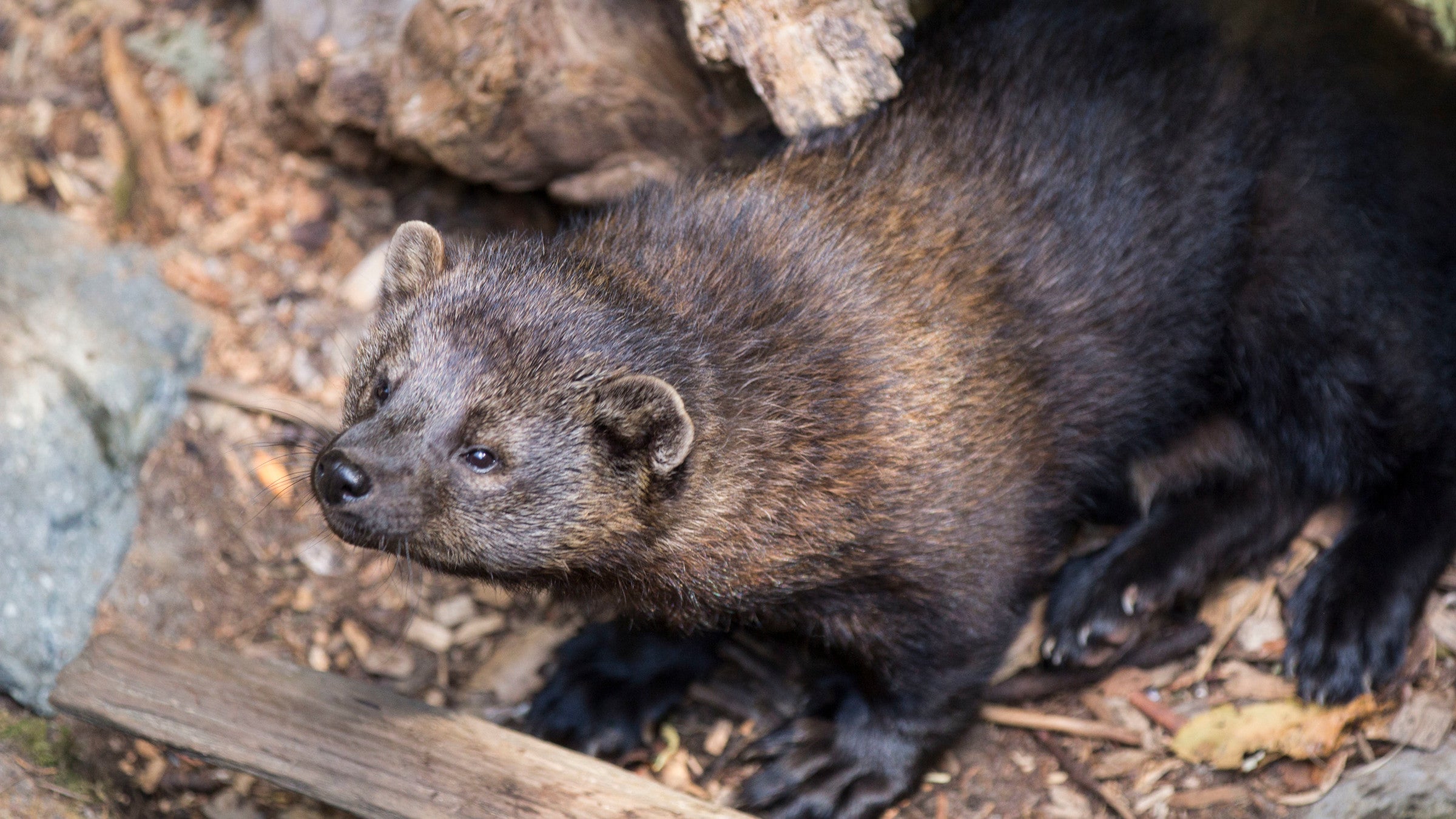Fishers, the Porcupine-Eating "Weasels" of the Cascades, Are Making a Comeback

(Photo: Emily Brouwer / NPS)
For the first time since they were hunted to regional extinction in the mid-20th century, wild fishers are reproducing in the North Cascades. A trail camera in Chelan county caught a female fisher, released as part of the ongoing reintroduction program in 2018, moving her four kits on April 18.
“Seeing one fisher kit born in the wild North Cascades is a wonder; a group of wild kits is phenomenal,” says Dave Werntz, Science and Conservation Director for Conservation Northwest. “This new family is an auspicious sign that these reintroduced fishers are finding a good home in the North Cascades.”
Since 2002, a partnership between Conservation Northwest, the National Park Service, the Washington Department of Fish and Wildlife, and several other local and federal organizations has worked to reintroduce wild fishers to their ancestral range in the Cascades and Olympics. Though they were hunted to extinction for their fur, the old-growth forests and prey populations that fishers require to thrive never vanished from Washington’s mountains. That prime habitat made fishers a perfect candidate for reintroduction. Since the program began, researchers have released more than 250 fishers in the Olympics and Cascades, using radio transmitters to track the individuals as they spread out from their initial release points and establish new territories.
Fishers are members of the mustelidae, also known as the weasel family, though they aren’t technically weasels themselves; they’re roughly the size of a house cat, with long bodies and short legs. They’re notable as one of the very few predators of the porcupine, taking them down by repeatedly biting and scratching the porcupine’s face until it bleeds to death then flipping them over to eat without being interrupted by the spines. They den in hollow trees, and like thick forests with abundant canopy cover. Mostly nocturnal, they avoid humans, which has spared their reintroduction from almost any controversy—unlike locally extinct larger mammals that once shared their range, the reintroduced fishers don’t prey on farm animals and aren’t big enough to strike fear in hikers. Each individual usually has a range of about 10 square miles, but several ranges can overlap.
One of the lucky few to spot a fisher while hiking in the Washington Woods? Let the Park Service know here.